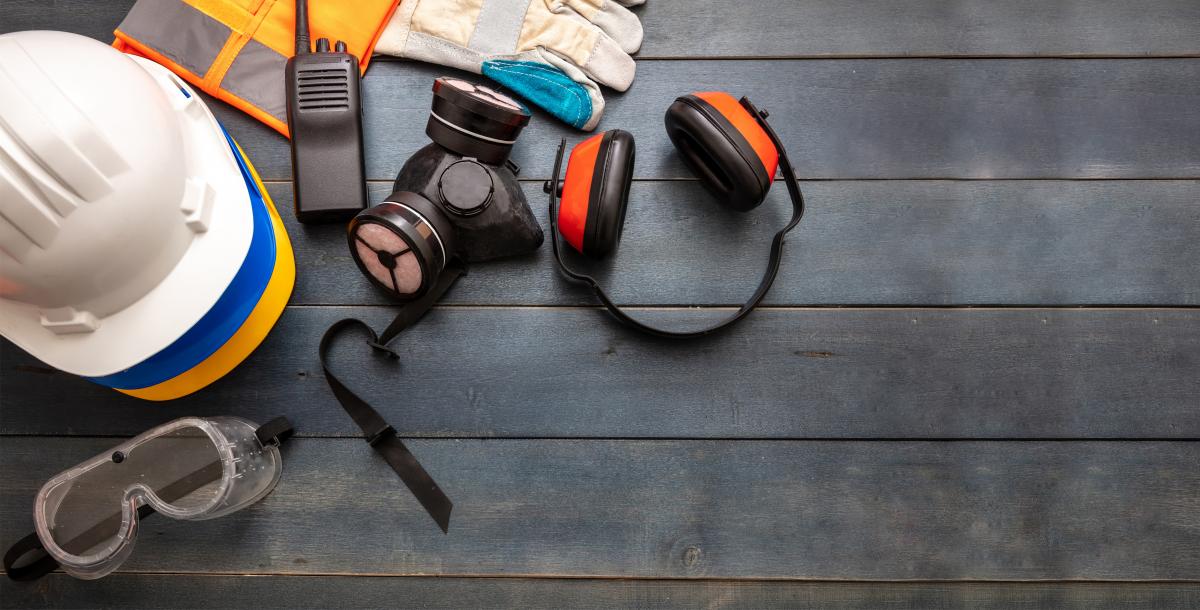
Employee Safety Tips: 10 Ways to Stay Safe at Work
Workplace safety is the difference between going home safely and suffering a workplace injury. In some situations, employees may be unaware of the basic safety precautions in the workplace and the corresponding injury reports. That’s why it’s vital for employers to post workplace safety protocols and for employees to be aware of employee safety tips.
Worker injury and fatalities are way too common. In 2019, OSHA reports that 5,333 workers died on the job, which breaks down to an average of more than 15 deaths every day. Only 20% of those worker fatalities were in construction. https://www.osha.gov/data/commonstats
To enhance employee safety tip knowledge, it’s important to be aware of workplace safety protocols, security, and industry compliance standards. Every employee should know their rights to safety in the workplace.
1. Always Report Unsafe Work Conditions
Many new employees are unaware of their right to a safe working environment and may not realize that they have a responsibility and right to report unsafe work conditions.
In fact, managers are legally required to develop a safe working environment so it’s their responsibility to manage a report and correct the problem as soon as possible. Wet floors, broken equipment, or a tripping hazard are all items to report or fix.
2. Follow the Workplace Safety Procedures
Whether the information has been around for years or has just been updated, it’s important that every employee is aware of the protocols and follows them. This can be as simple as running through the provided safety list before starting a shift or using heavy machinery.
3. Don’t Skip Steps
Safety procedures are in place to protect you from injury or death; therefore, employees should never take a shortcut when going through safety checks for heavy machinery or other dangerous materials. Always use tools according to the instructions.
Employers are required by law to ensure that workplaces are safe, equipping employees with proper training and knowledge.
4. Take Your Legally-Required Work Break
OSHA requires that employers allow employees regular breaks throughout their shift, and the employees are often still on the clock for short 10-15 minute breaks. When workers are tired, mistakes and injuries happen. So be sure to take your break during your shift.
5. Develop and Follow Emergency Protocols
Whether it’s a natural disaster, severe weather, or another extreme hazard, companies should have emergency protocols in place to respond quickly and efficiently to them. If your area is known to have certain safety risks such as tornadoes or hurricanes, have a plan in place. It is the employer’s responsibility to anticipate disasters, hold insurance, identify possible problems, create an emergency plan, and train employees appropriately.
OSHA requires most employers to have certain emergency protocols, including incident reports and safety inspection forms. Other resources may include repair order tickets, checklists, and other safety inspections.
Accidents, injuries, and fatalities drop significantly when employees habitually refer to their checklists for equipment or safety protocols.
6. Stay Sober on the Job
If your employer pays you to work with heavy machinery, this is a very good reason to remain sober. Anything that lowers inhibitions or encourages risky behaviors in the workplace can be problematic. Be smart about your usage of alcohol and drugs around your work shift.
7. Reduce Employment Stress
Job stress carries a significant weight — often resulting in health problems or workplace accidents. A safe work environment requires an employer to identify any hazards or health risks that might affect employees, whether it’s their wellbeing or productivity. Your employer also should have an easy reporting system to ensure that changes can be made if a problem is revealed.
8. Make Safety Gear Cool
Employers are required to ensure that employees are equipped with the right safety gear for the work they do during shifts. Proper safety gear can be the difference between a close call and an actual workplace injury. Every employee should be aware of the appropriate gear and wear it.
9. Incorporate Ergonomic Standards
Remote and office workers often work from makeshift workstations where their desk and chair may be the dining room table or even the couch. Employers should be considerate of their employees’ needs when it comes to a desk, ergonomic chairs, and appropriate equipment. Incorrect tools could result in back, neck, and other problems.
10. Track Industry Standards for Safety
Every industry has specific safety standards, and it’s crucial to follow those standards set out by OSHA. For example, OSHA has strict standards for dealing with hazardous materials, and if your employer fails to follow those standards, employee safety is at risk. Always be aware of the OSHA safety standards for your industry.
Knowing how to stay safe while at work is important for every employee, and if your employer is failing to meet certain safety standards, employee safety could be at risk. If you were injured while at work due to employer negligence on safety standards, reach out to us today by emailing office@carrilloinjurylaw.com.
- Log in to post comments